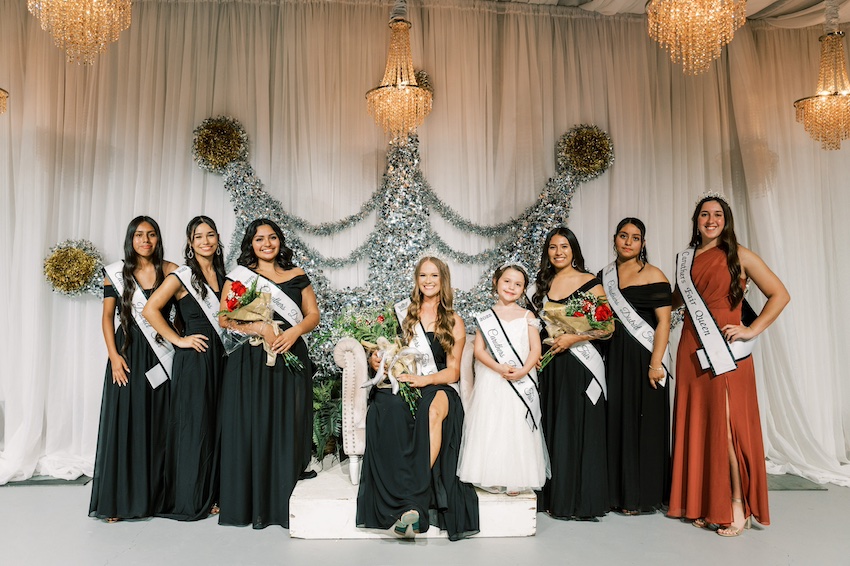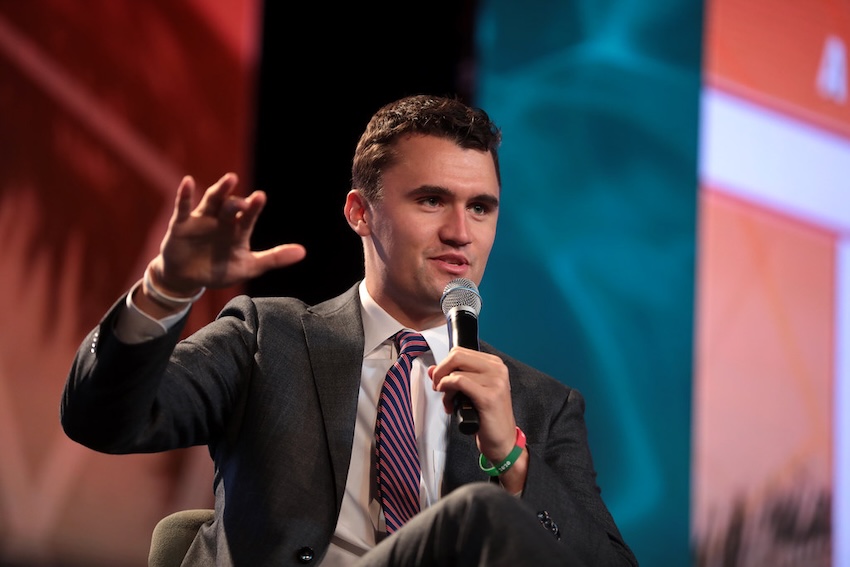Highlighting the history of Easter break
Since the 1930s, American students have taken a one to two-week break from school, often to celebrate Easter. But now, the reason why schools have a break may be different. Over time, Easter break has gravitated towards spring break and the focus has drifted from its original purpose.
Otis Ledbetter, pastor of Sonrise Church for the past 32 years, notices the change over time in America. Ledbetter earned a Doctorates of Ministry in Theology and a PhD in Education.

“The purpose of Easter break was originally to give families a time together to celebrate,” Ledbetter said. “Christians have always viewed it as a time to emphasize Easter. Easter break and spring break are differentiated by a mindset and a belief system. If you are a committed Christian you go to church to worship and celebrate the resurrection. If not you go to a place like Florida and celebrate what you happen to worship.”
Although Christians celebrate Easter as the resurrection of Christ, Easter holds some roots in the Jewish celebration of Passover. It also may have come from pagan celebrations, especially in the worship of Ostara, the Germanic god of spring. Ledbetter recognizes the similarities in the the different springtime celebrations.
“Its roots are from the Jewish holidays and all the activities surrounding those holidays during Passover week,” Ledbetter said. “There are similarities with Christianity found in Pagan religions. It would take too long to extrapolate, but it isn’t surprising that the devil knowing the Messiah would be on a cross, resurrect and live again that he would create those similarities in false religions ahead of time to confuse and cast doubt in minds about the truth of God’s ultimate plan.”
Abdiel Pagan, the student ministries pastor for the past year and a half at Peoples Church also sees Christian morals decaying.
“Separation of church and state, for the most part, has always been a thing,” Pagan said. “I think America started with values that resembled Christianity but I don’t believe that it was ever truly a Christian nation. I think because we were never truly a Christian nation over time Christian values have faded into people defining their own truths and ways of living.”
Some students view spring break a time to party. In 1958, a college professor took a trip along with some of his students to Florida to observe the activities of spring break. Then wrote a book surrounding his findings which eventually became an MTV movie and lead to the yearly MTV series.
“Not all college students party; it’s not just college students that do it and Easter break is not the only time they do it,” Pagan said. “I don’t think they use it as an excuse as much as they would see it as another opportunity to do those things. It doesn’t matter if it’s spring break or not, people who drink will drink and people who party will party.”
Ledbetter believes the partying lifestyle is done in an attempt to fill a void in one’s life.
“I really do not know why they party,” Ledbetter said. “I could only guess it might be to fill an empty hole in their heart placed there by their creator that only He could fill. So rejecting God they turn to what, in the name of excitement, might dull the pain.”

Although the national holiday for students is usually near Easter, the reasons for celebrating may become different in public schools.
“I think it depends on what school,” Pagan said. “Some schools don’t recognize it as ‘Easter’ break, especially not public schools. Most schools would just recognize it as spring break in order to break up their semesters. The reason why schools would recognize it as ‘Easter’ break would be to celebrate Holy Week, which is the week leading up to the death and resurrection of Jesus Christ. It is all about perspective. Whatever perspective your school has on the break is how you differentiate whether or not it is spring break or Easter break.”
Nowadays one of the main attractions of Easter are the colorful eggs and chocolate bunnies. This tradition is usually credited to the Germans who traveled to America. The bunny was seen as a sign of fertility and the children would make nests for the Osterhase (Easter bunny) to lay its colorful eggs in.
Go check out my article which features the history and origins of Easter and Spring break. https://t.co/kX1L0jFO9G
— Vijay Stephen (@vijays3242) April 20, 2018
“Easter has always been about celebrating the resurrection of Jesus Christ,” Pagan said. “However over time mainstream and secular thought has transformed Easter into a more casual, Easter tradition holiday with egg hunts and bunnies.”
Though not Biblical, Ledbetter considers the Easter traditions as an acceptable aspect of the Christian celebration.
“That is one place where the traditions of man have attached itself to this holiday,” Ledbetter said. “I see no real issue in making children happy with this added harmless tradition.”
How do you celebrate spring, spring break or Easter break. Please leave a comment in the provided section below this article.
For another article about Easter and spring break, read Join The Discussion: Spring Break 2018. For more, check out Michelle Logan: Voice Behind The Intercom





Joshua Chinn • Apr 6, 2018 at 2:15 pm
I celebrate Easter by going to church and spending time with family. This was a great article!
Keely • Apr 6, 2018 at 11:53 am
Amazing article
Sarah Upshaw • Apr 6, 2018 at 11:45 am
This article is great! I celebrate Easter by going to church and being with my family! Those traditions I never knew about until now
Nicolas Safadi • Apr 6, 2018 at 10:02 am
This article was amazing
Summer Foshee • Apr 6, 2018 at 9:06 am
I celebrate Easter by having an Easter egg hunt and going to church. I never knew where the traditions came from, so this was an interesting article.